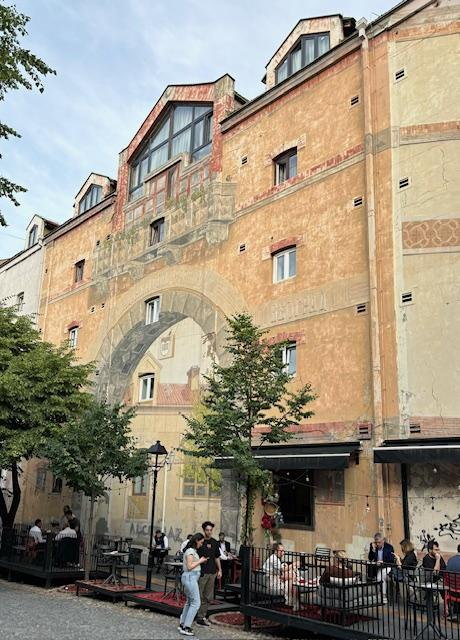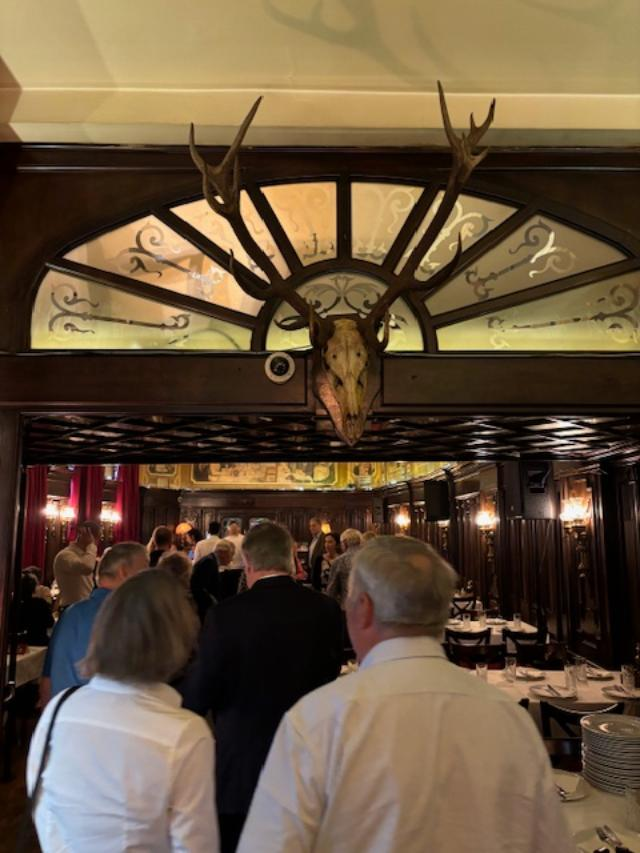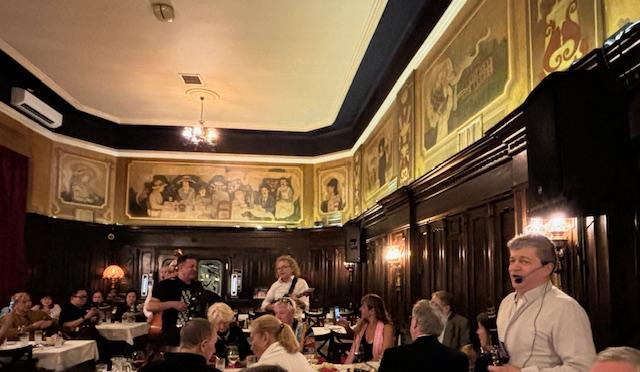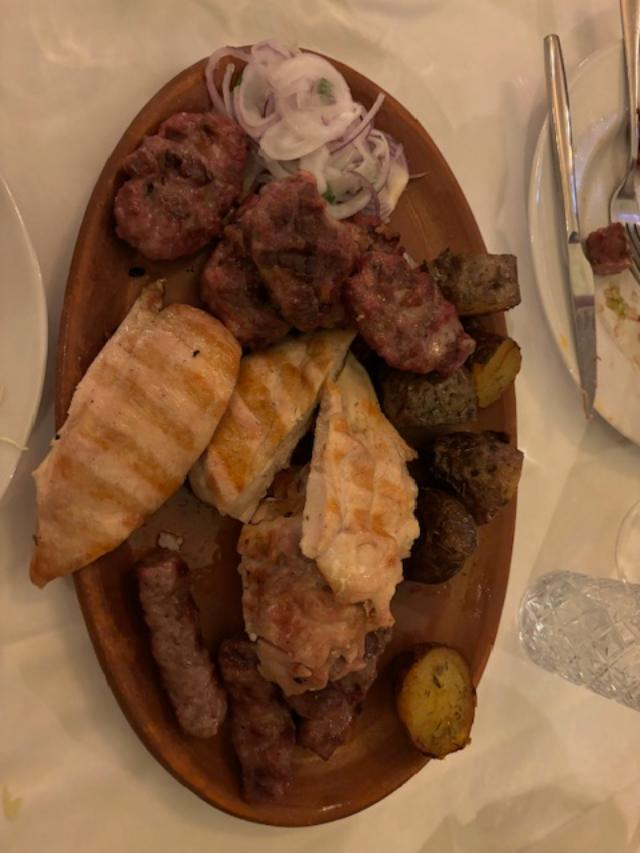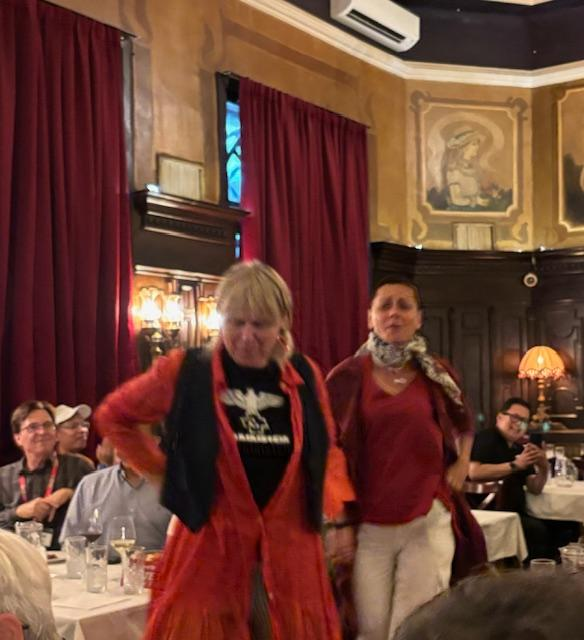May 25, 2024
People in Belgrade could be forgiven if they sometimes forget where they live. The largest of all of Serbia cities, and currently its capital, has been the capital of a total of nine different countries over the last 150 years. Our tour guide, Tanya, is in her mid-40s. She has lived in the same apartment all of her adult life and has had to change her address no fewer than four times – without ever stepping out her front door. Each time a new country takes over she has to get a new driver’s license, change her mailing address with anyone she does business with, learn a new national anthem, re-align her loyalties to various sports heroes who may now be from countries no longer considered friendly, etc. She and another guide who was with us for a dinner tour joked about the number of languages they speak. They grow up speaking Serbian and are required to begin learning English in the first year of school. This means they speak at least 5 languages because three of their neighbors speak the same language, or nearly the same, as they do and all call it by their local name.
Belgrade is also home to one of the most notorious cars ever built, even dubbed “the worst car in history.” Anyone know what it is? Here’s a hint…it was introduced during the Reagan era as a gas-efficient economy car. Another hint is in the pictures below.
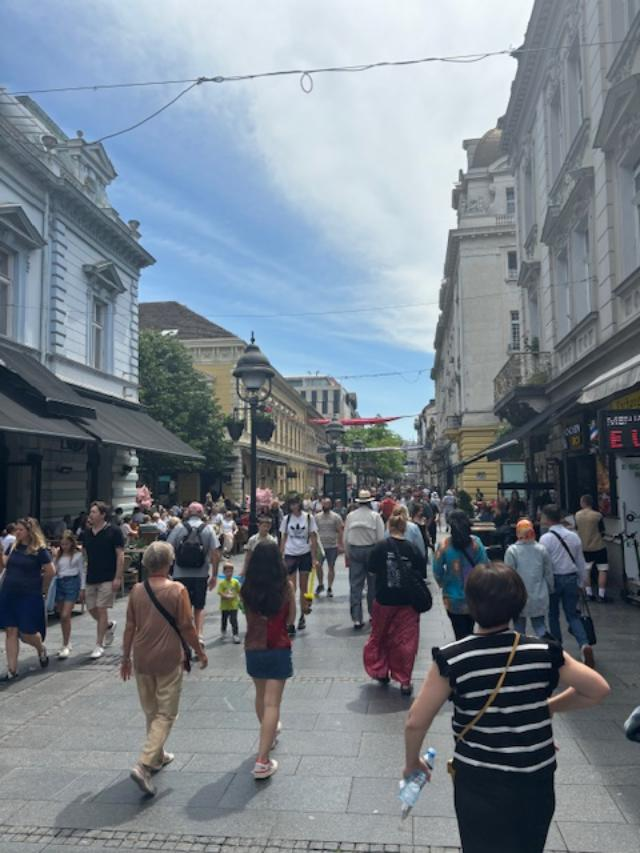
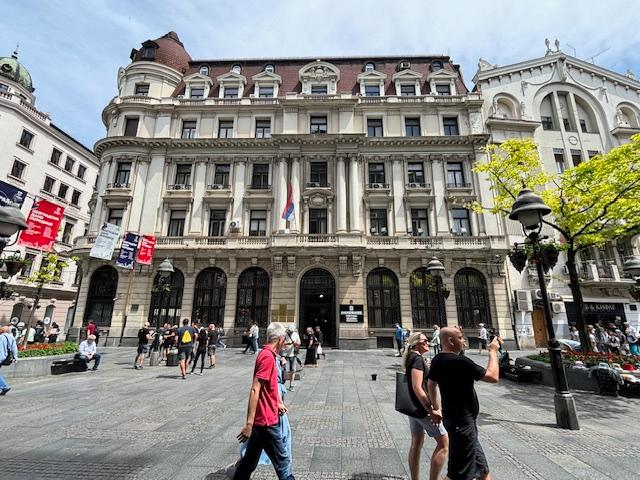
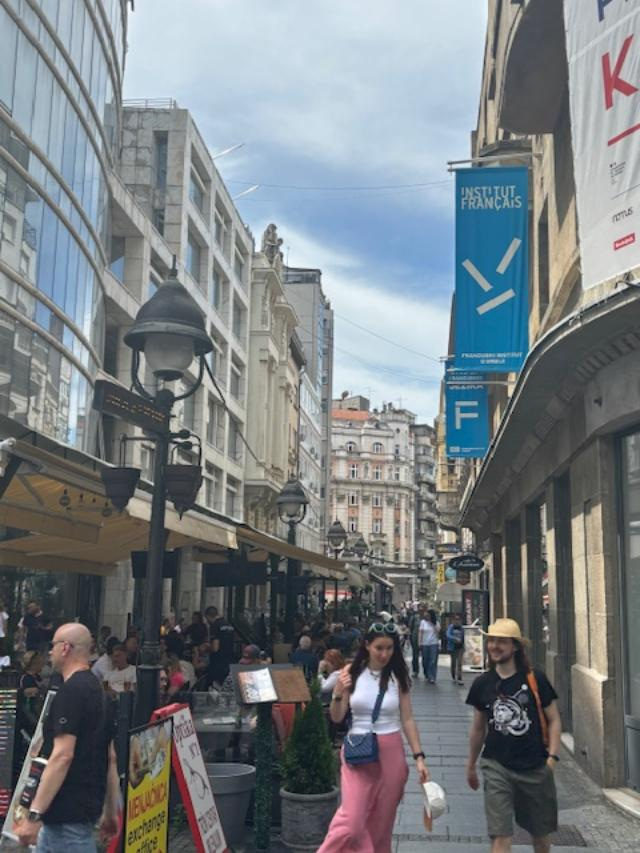


Did you guess? The Yugo! And they’re still around! They stopped manufacturing them almost as soon as they started, but they’ve gained a bit of a cult following, kind of like the original VW Bugs, so you still see them around.
We began our day at the Belgrade Fortress, also known as Kalemegdan Park. The Fortress has been the core and oldest section of the urban area of Belgrade since Celtic times, when it housed most of the city population. It overlooks the confluence of two rivers, the River Danube and the River Sava, where our ship is docked today.
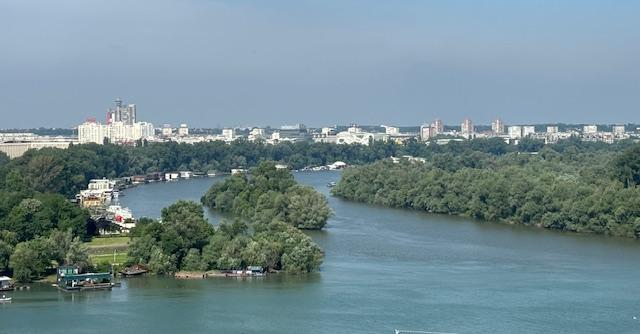
It’s easy to understand the importance of a fortress if you are going to settle in this area; its enviable position made it a popular target for invading forces. More than 115 battles are known to have been fought here over the fortress’s lifetime, and it has been restored more than 40 times. It was last reconstructed during the Habsburg’s reign in the 18th century but was heavily damaged during the air raids of WWII. In 2018 the fortress grounds and ruins were converted into a beautiful city park with a variety of sports courts, a dinosaur park for kids, lots of open green space where dogs run free and play, and a variety of venues for community activities.



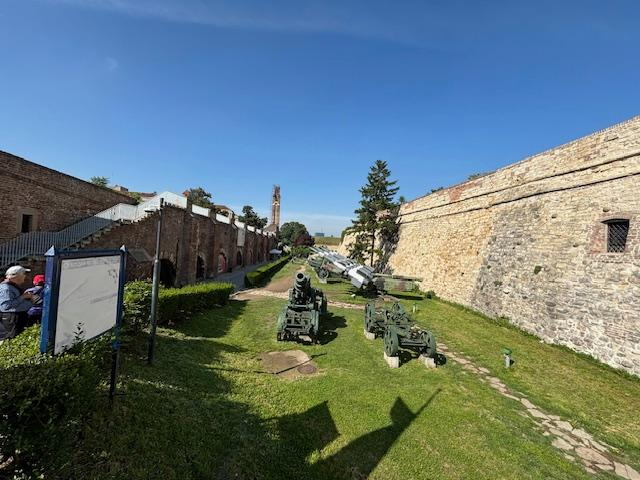


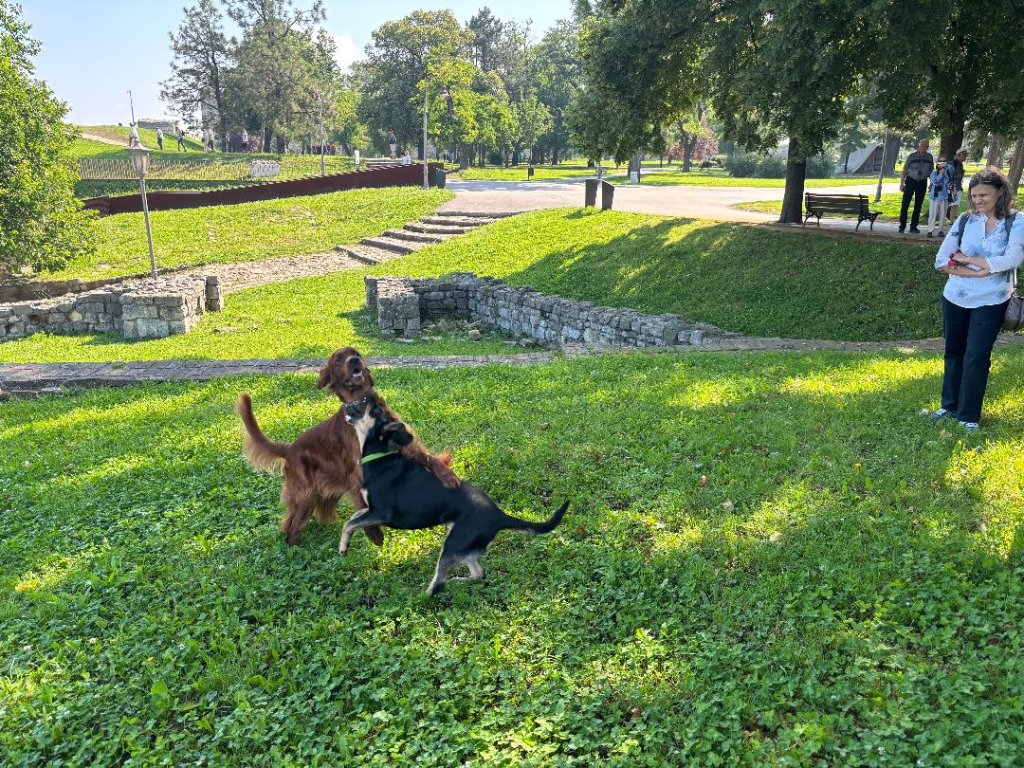

At the entrance to the park stands a statue of a woman running. This is Belgrade’s Monument of Gratitude to France, built in 1930 to commemorate France’s assistance to Belgrade in WWI. The statue depicts France rushing to Serbia’s aid. It is meant to glorify France’s national spirit, evoking energy, leadership and courage. During the war France not only provided humanitarian aid, evacuating children, civilians and military personnel at the end of the war, they also provided aviators, naval support and medical staff. The importance of France’s assistance becomes even more clear when you consider that of all the countries involved in the fighting in WWI Serbia’s population took the biggest hit. They lost 52% of the men in the country, 28% of the total population.
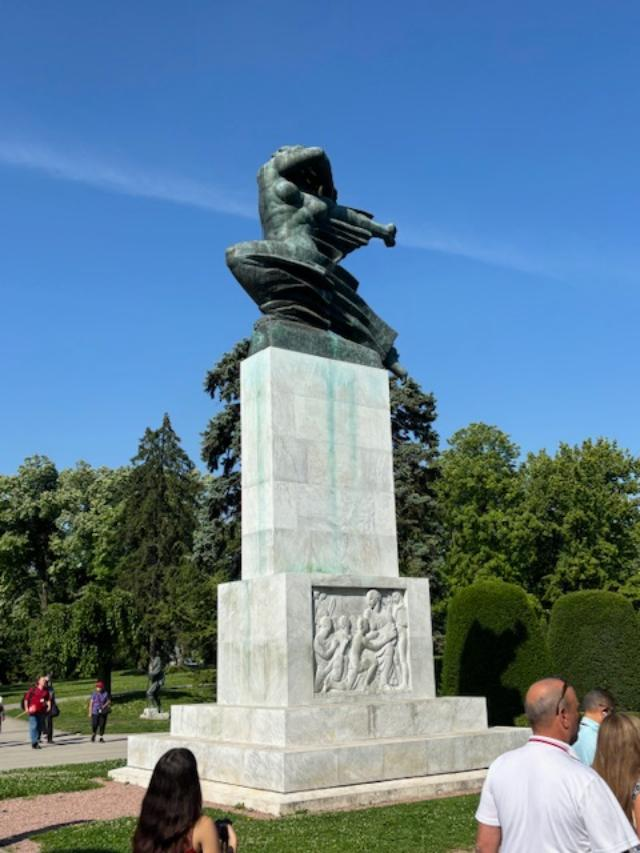
Taking a short drive around the city we could see our next historical stop, the Church of Saint Sava, up ahead.
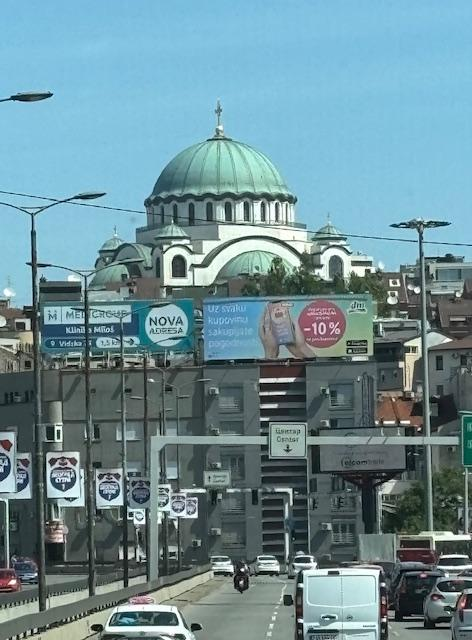
Saint Savas was the founder of the Serbian Orthodox Church, a religion that was outlawed during the Ottoman Empire’s occupation of Serbia. After an unsuccessful uprising of the Serbian people against the Ottoman Empire, the Ottoman ruler ordered Savas’ remains dug up and brought to the city. In a show of force, on April 27, 1595, he placed them on a public pyre and burned them. On the 300th anniversary of the burning of his remains a group came together with the idea of building a church in his honor. Construction began in 1935 and is still on-going. It has been interrupted by two world wars and Covid, but they expect to be completely finished by 2025.
Words and pictures cannot describe the beauty of this church. When you walk in it simply takes your breath away.
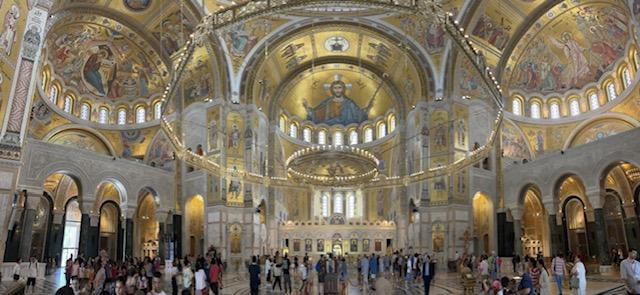
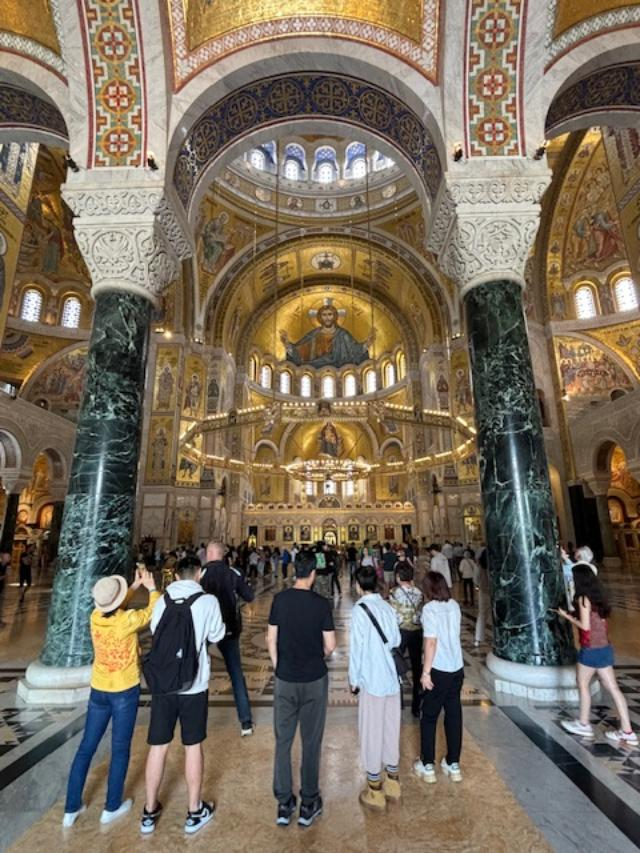
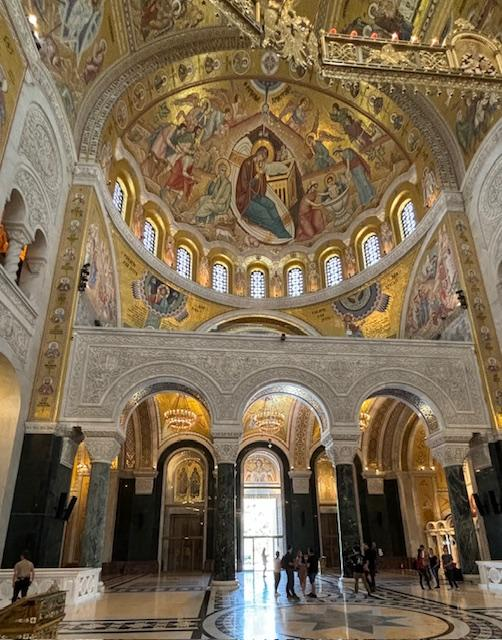
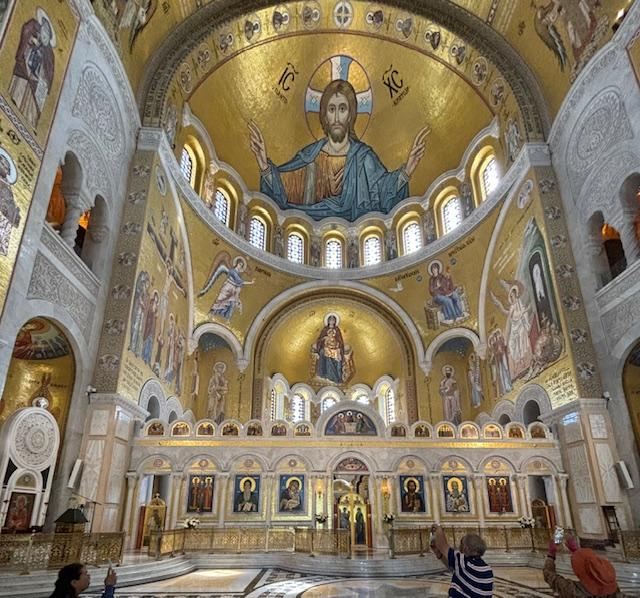
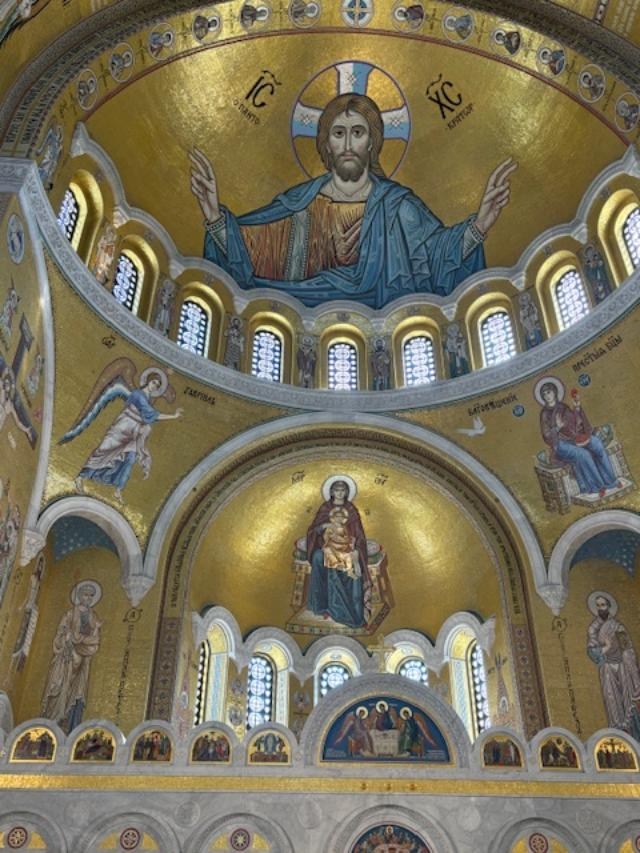


The dome of the church was built on the floor and then lifted into place using cranes. It weighs nearly 4,000 tons – yes, you read that right – TONS. It took 16 cranes two months to install it. The church is currently in use and can fit up to 10,000 people. The Orthodox tradition is to stand for the entirety of their service, which can last anywhere from one to three-and-a-half hours. This is why there are no pews.
We topped the sightseeing off with a traditional Serbian dinner, which was a lot of fun. Our bus took us part way, and then we walked the rest of the way on cobblestone streets to the oldest restaurant in Belgrade, where we dined on appetizers of meat, cheese, tomatoes and bread, followed by a salad of cabbage, tomatoes and cucumbers. The main meal was an enormous platter of meats – sausage, chicken, beef – and roasted potatoes – a Keto dieter’s dream! There was live music and our tour guides danced in the aisles!
